The Guild Today
Today, we are guided by the timeless insights that underpin Ruskin’s radical thinking and we share his view that the earth’s resources must be stewarded sustainably for mutual benefit. We are entrusted with assets - a beautiful working land holding with farms, woods and orchards, an unique educational art and museum collection, some other property and the livelihoods they support - with responsibility to manage and share them generously with others. Therefore, in partnership with like-minded individuals and organisations, we seek to use these precious assets, augmented by the collective skills and interests of our members (Companions), and our own modest resources, to initiate and sustain meaningful and creative connections, collaborations and opportunities that enhance people’s lives and add value to society.
Watch this short video introduction to the Guild below, and download our introductory Leaflet here
How can the ideas and writing of a Victorian polymath and social critic become actions that make lives better in the 21st century? In 1860, John Ruskin wrote these visionary and challenging words, ’There is no wealth but life’. In a world which still contains too much injustice and inequality, facing a climate emergency and riven with the social, political and economic challenges around the world, Ruskin's words resonate as urgently as ever and can inspire each of us - as individuals, Guild Companions, communities and organisations - to make a difference. We hope you will join us in this endeavour.
GOOD STEWARDSHIP
Ruskin has himself given us a compelling narrative of stewardship. In ‘The Lamp of Memory’, one of The Seven Lamps of Architecture, he wrote: ‘God has lent us the earth for our life; it is a great entail. It belongs as much to those who are to come after us, and whose names are already written in the book of creation, as to us; and we have no right, by any thing that we do or neglect, to involve them in unnecessary penalties, or deprive them of benefits which it was in our power to bequeath.’
His definition embraces the idea that the earth belongs as much to our successors as to us; that we should exercise sound trusteeship by looking after what we hold whether it be natural or cultural heritage, or any other aspect of Mother Earth; and that we should not rob our successors of the plenitude of beauty and interest which is theirs as well as ours. In architecture, we should encourage and promote the use of traditional materials which are long-lasting, if looked after properly, and are therefore sustainable.
In our care and respect for the natural world, for growing things, we should not recklessly exploit them but take tender care of them, avoiding excessive exploitation. Through our policy on the environment, we have committed ourselves to a stronger awareness of carbon dioxide costs, leading to better evaluation of the impact of everyday activities; we know that we have the knowledge and motivation to reduce our emissions whether on an individual, community or organisational basis.
Our behaviours often will need to change. At a practical level we need to ensure that our investment portfolio acknowledges and supports our commitment to sound stewardship; we need a never-failing programme of regular maintenance of our buildings, both to preserve their cultural value and to enable their continuing use as key assets in our Guild strategy; our Ruskin Collection equally requires knowledgeable curation, documentation, interpretation and appropriate levels of access according to the best professional practice; sound stewardship requires constant vigilance both to care for all natural, material and cultural goods under our control and to influence others.
We recognise that many aspects of stewardship are mundane and unseen, but have their place in the rich tapestry of responsibilities of the Guild: we have to embrace and balance the occasional tensions between replacing a window frame or pointing a wall, using traditional materials and skills, against the more obvious and spectacular steps needed to put on a big exhibition of works of art, some of which may need conservation and repair. All our responsibilities are embraced by this wide-ranging view of what constitutes stewardship.
PETER BURMAN, COMPANION & BOARD MEMBER, OCTOBER 2022
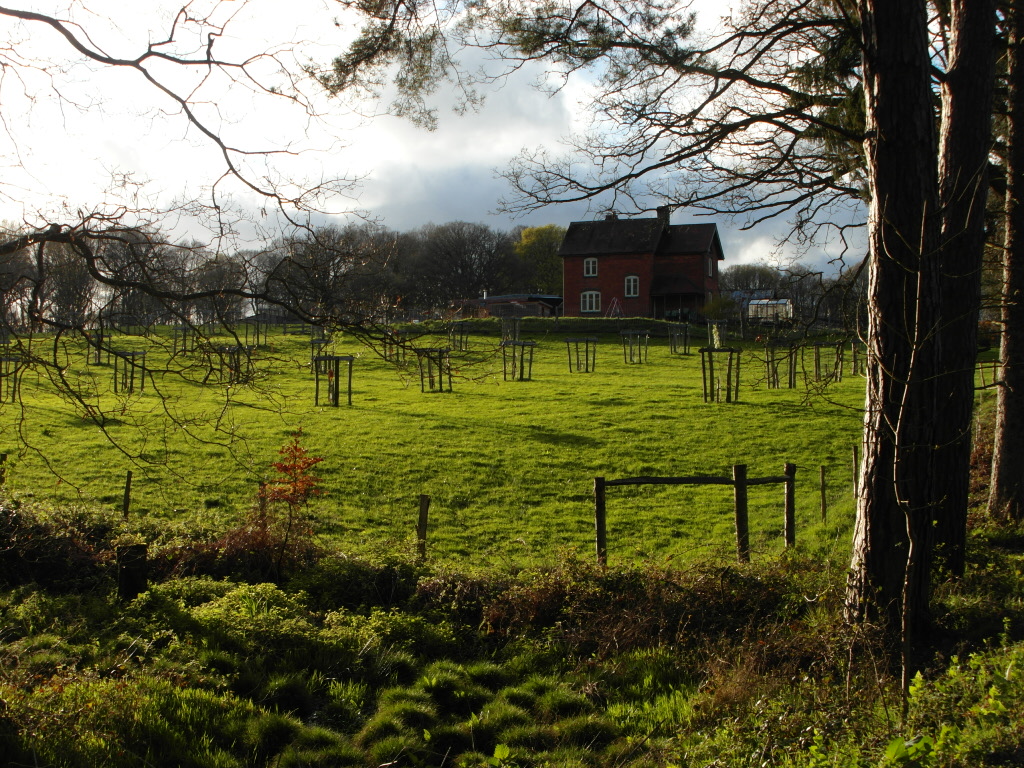
Ruskin Land (photo by John Iles)
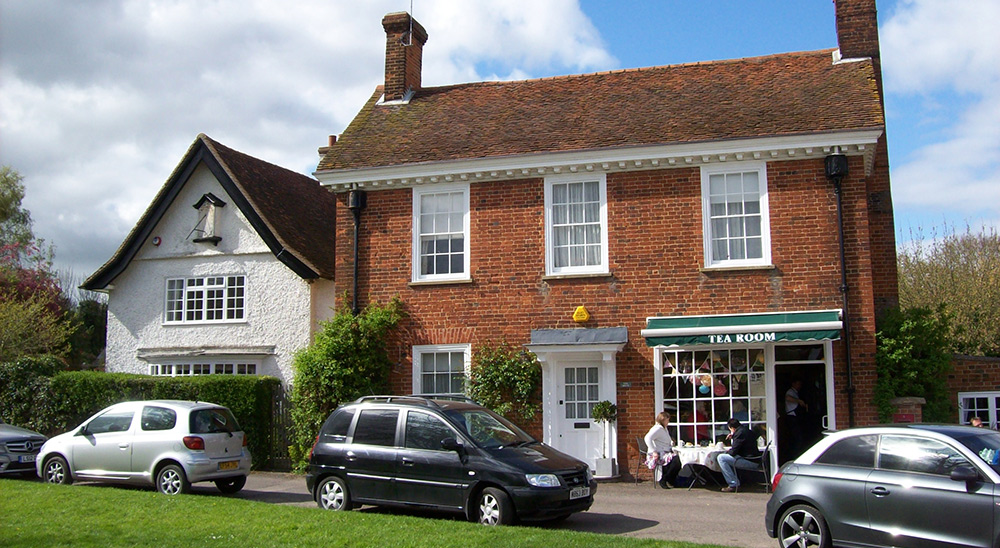
Westmill
WISE CUSTODIANS
Ruskin Land, our land in the Wyre Forest, which includes a hundred acres of mostly oak woodland, two farmhouses, a sawmill and an orchard and wildflower meadow, is farmed with sympathy for natural life, in a close partnership with the Wyre Community Land Trust and more than 50 volunteers.
Many youth and adult groups and individuals visit Ruskin Land, and it hosts local, regional and national collaborations which benefit from the resources of this area of outstanding natural beauty, and the skills and expertise of the people who live and work on the land. The Guild is supporting work to regenerate the old orchards, hay meadows and oak woodland in the Wyre Forest, and it helped to build an architecturally striking study centre on its land, The Ruskin Studio.
The recent HLF-supported Ruskin in Wyre project sought to explore how John Ruskin’s idea of a utopian community in the forest is informing the revitalisation of this ancient woodland. It told the story of what happened on this land, bringing it to life and sharing the relevance of the ideas behind it for today.
We also own eight properties at Westmill, Hertfordshire, and value our connections with the village. And we are the custodians of a beautiful wildflower meadow in Sheepscombe, Gloucestershire, maintained by Natural England.
![Bunney 00780[1].jpg](/media/1229/bunney-00780-1.jpg)
Western Façade of the Basilica of San Marco, Venice, Italy, by John Wharlton Bunney, 1882
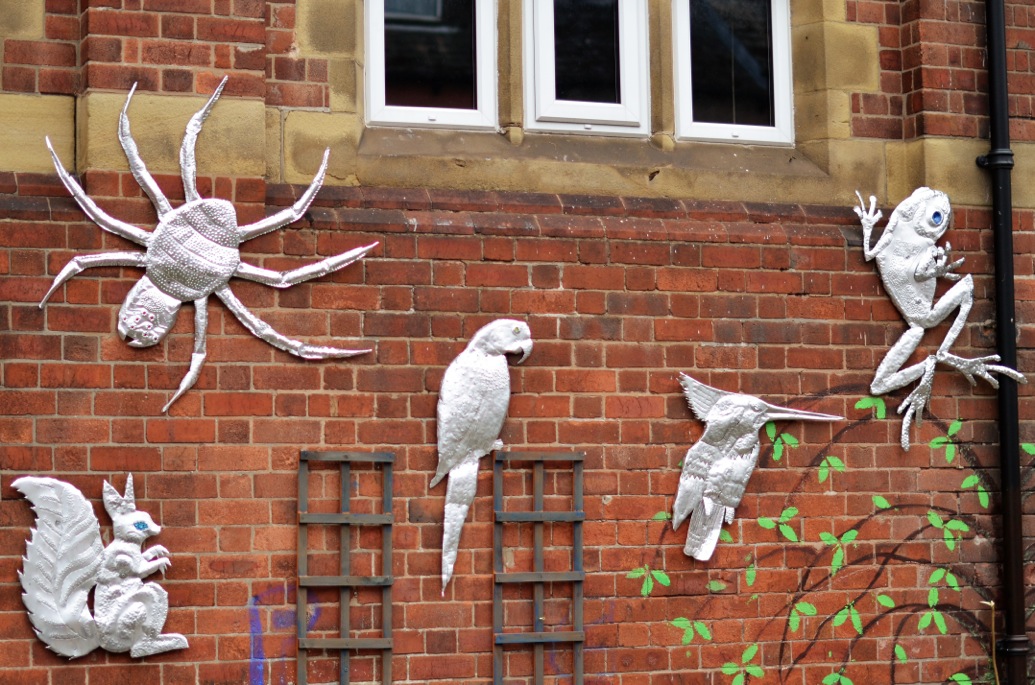
RUSKIN AND SHEFFIELD
The Guild’s Ruskin Collection, which was first established by Ruskin in Walkley, Sheffield, is now cared for by Museums Sheffield. Changing displays from the collection are shown for free in the permanent Ruskin Gallery at the Millennium Gallery in the heart of the city, and the Guild continues to add to the collection by acquisition and gift.
In the spring of 2019, the largest ever loan of the Ruskin Collection was show in London at Two Temple Place as part of the exhibition John Ruskin – The Power of Seeing, before returning to the main exhibition galleries of the Millennium Gallery in Sheffield, from May until September 2019.
Between 2014 and 2019, the Guild funded and delivered the Ruskin in Sheffield programme, designed to re-connect the Collection and Ruskin's legacy with Sheffield's communities. Ruskin in Sheffield involved more than 15,000 audiences, participants and many artists and craftspeople through its events and activities.

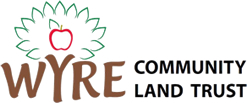
COLLABORATIONS, PROJECTS AND PARTNERSHIP
We have at times provided grants to organisations and individuals to support projects covering a wide variety of areas of interest to Ruskin and his followers.
In the recent past, we funded the very successful Campaign for Drawing, now the independent charity The Big Draw which has a global profile. The Guild initiated and helps to fund the John Ruskin Prize which is run by the Big Draw.
In 2016, Kate Mason, Director of the Big Draw, gave a summary of the objectives of the organisation, and looked ahead to the John Ruskin Prize in 2017: watch her presentation online here.
We also supported the Horsfall project run by 42nd Street, a mental-health charity for young people based in Manchester. The project aims to re-animate the cultural heritage of the Ancoats Art Museum set up in the 1880s by Ruskin's disciple, Thomas Coglan Horsfall.
We continue to support the May Day Festival initiated in the 1880s by Ruskin at Whitelands College in Roehampton, London, presenting a selection of Ruskin's books every year to the May Monarch elected by her or his peers. You can read about the history of the Festival here.
The Guild’s work in the Wyre happens in close collaboration with our partners at the Wyre Community Land Trust, a social enterprise working in the Wyre Forest to restore, conserve and manage the landscape.
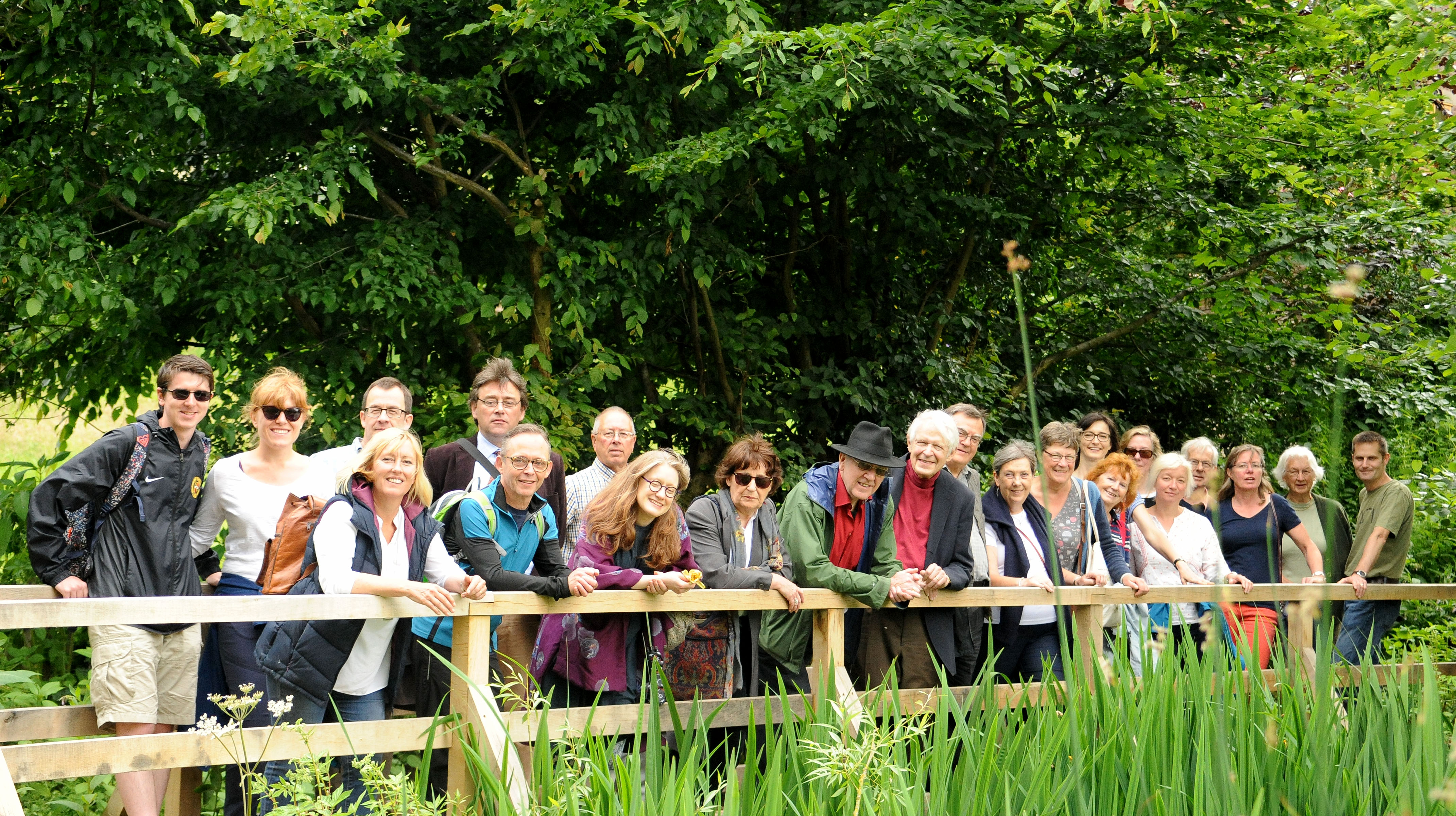
Companions Day, Bewdley, 2018
LECTURES, SYMPOSIA, EVENTS AND PUBLICATIONS
We sometimes organise lectures, conferences and symposia on issues of current importance. These are designed to question the truisms of our day, much as Ruskin questioned those of his. Each year there are Companion events, both face to face and increasingly - with an international Companionship - online. Every autumn the Companions gather for our AGM. Our books and pamphlets can be found in our online bookshop here.
HOW THE GUILD WORKS
The Guild is run by the a Board of Directors made up of Companions, led by a Master, and supported by two part-time staff posts: an administrator and a membership & communications officer, with further support from Companions and other volunteers. The Board meets for business meetings three or four times a year, face to face or online. The current Master of the Guild is Dr Rachel Dickinson
The Guild's governance is rooted in our Memorandum & Articles of Association, which you can read HERE.
